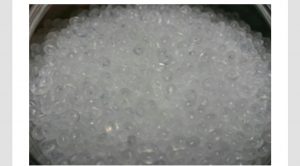
Because of its high intensity, the tensile membrane used in pulp, paper and wood (and other building products) is usually high intensity, so our application is narrow range.
If your product is not heavy, it may be possible to Pierce the stretch membrane, so the choice and the option to blow it will be considered.
What about evolving movies?
Now, there are fewer and fewer movies. Over the past 15 years, the typical standard has also declined, and we can see it falling from 80 to down. 8 mil). But the industry average is around 65. The reason for this change is the progress of film engineering and extrusion technology, which is also influenced by the reduction of resources and sustainable development.
Do you know what the movie is like today? Generally, it has more engineering additives, and even on very thin pressure gauges, the strength can be greatly enhanced. After all, if a 65-degree film is 2.5 times pre-stretched, then only 26 values are owned by it, and that’s because it applies to loads!
Some manufacturing challenges are caused by this refinement. Obviously, if it’s in a thinner movie, a larger percentage is mil. However, the ability to control the squeeze on a thinner instrument is more important than technically challenging.
One of the obvious advantages we can see from the manufacturing perspective is that the blown film provides the control for changes in the appearance of the instrument – usually the bubbles that rotate when the film is blown and wound. Allocation and mitigation can be achieved by calling this method.
Do you think the “shrink film” is the same as the “stretch film”?
You say “shrink film”, if it is an industry person, will they know what you mean?